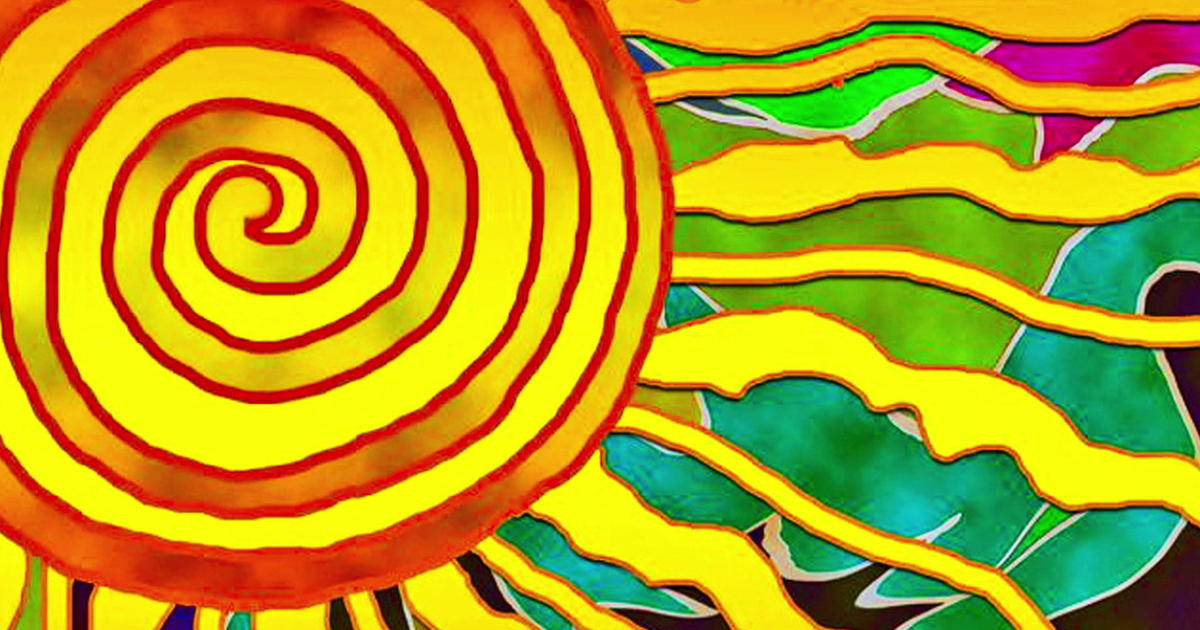Norah O'Donnell on her melanoma diagnosis and how to protect your skin
As summer approaches, "CBS This Morning" co-host Norah O'Donnell is opening up about her surprising and scary melanoma diagnosis. She was holiday shopping right after Thanksgiving last fall when she got the call from her dermatologist, Dr. Elizabeth Hale.
"I made my way through the Black Friday crowds toward the exit, my mind reeling, my chest constricting. Tears were running down my face now. I felt trapped," O'Donnell writes in the June issue of Good Housekeeping. "I couldn't understand how this could have happened to me. I took good care of myself — was this somehow my fault? Why had I waited to get my checkup?"
For O'Donnell, early detection during her regular skin checkup made all the difference in curing the most serious form of skin cancer. She underwent surgery early this year.
"I think this is part of why I'm trying to share this story is because, as Dr. Hale will tell you, there is no recommendations about how often you're supposed to get a skin check, but you're supposed to go every year," O'Donnell shared Monday on "CBS This Morning."
While melanoma accounts for just one percent of all skin cancers, it causes the vast majority of the deaths. According to the American Cancer Society, it's estimated that more than 87,000 people in the U.S. will be diagnosed with melanoma this year and around 9,730 people could die.
O'Donnell had several of the risk factors for melanoma, including family history, fair skin, moles and tanning bed exposure.
"When you came in for the skin check, I noticed that a mole on your upper back looked asymmetric, the borders were slightly irregular, the color was starting to look varied, so we did a biopsy," Dr. Hale of NYU Langone Medical Center said Monday, sitting alongside O'Donnell in Studio 57. "And thank goodness your melanoma was caught early as possible. Stage zero melanoma in situ. Thankfully, like you mentioned, early detection was so key, and that made it totally curable."
During the conversation, Dr. Hale flagged a startling statistic on UV rays from tanning beds:
"Tanning is directly carcinogenic. And unfortunately, even though skin cancer is the most common cancer in the United States, people are still getting tanned. So we know that exposure of the indoor tanning increasing your chances by 75 percent, and having had sunburns especially during childhood, five or more sunburns at any point doubles your risk [for] skin cancer," Dr. Hale said. "So like you mentioned, tanning is more directly related now to skin cancer than smoking is to lung cancer."
For those with some of the melanoma risk factors, Dr. Hale recommended skin checks twice a year. If you have a history of melanoma, she recommended every three months for two years, and then every six months thereafter. Other tips from Dr. Hale include:
- Wear a broad-spectrum sunscreen, SPF 30 or higher, every day
- Try to avoid peak sunlight
- If you're going to be out in the sun, in addition to sunscreen, seek shade when possible
- Wear hats, sunglasses and sun-protective clothing
While the American Cancer Society says melanoma is 20 times more common in white people than African-Americans, Dr. Hale said she's seen an increase in skin cancer across a range of skin colors, including in Hispanics and African-Americans.
"So everybody needs to be careful, and everybody should get checked," Dr. Hale said.
While many want to embrace the summer weather, Dr. Hale recommends doing so carefully, "because skin cancer is so common and it's largely preventable if we practice good sun behavior."



